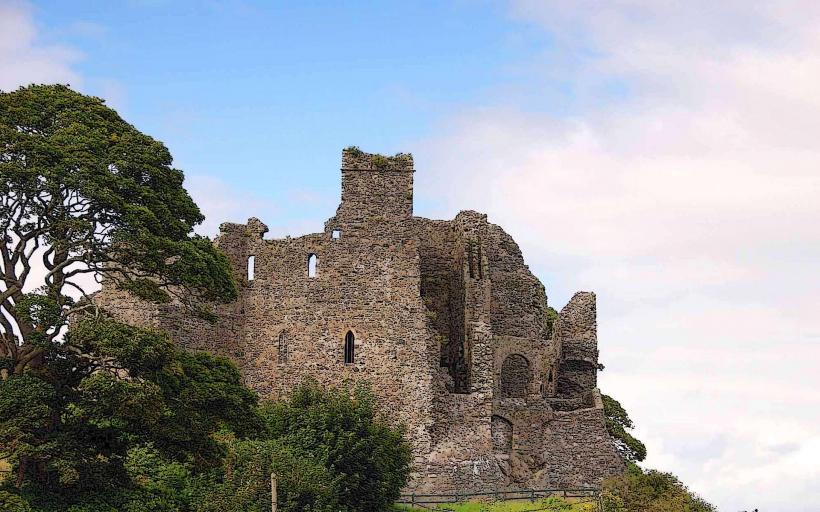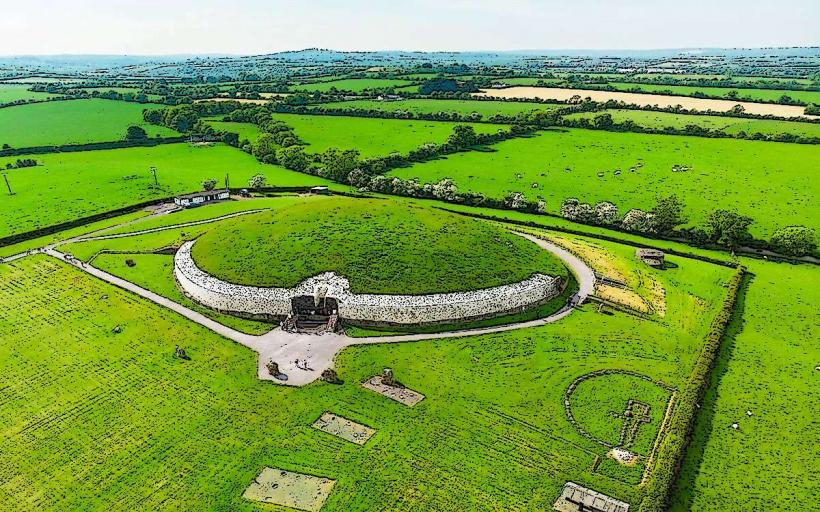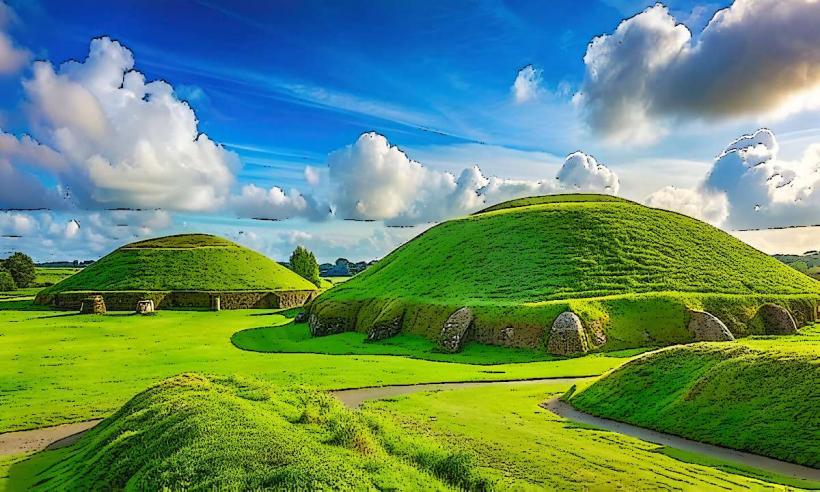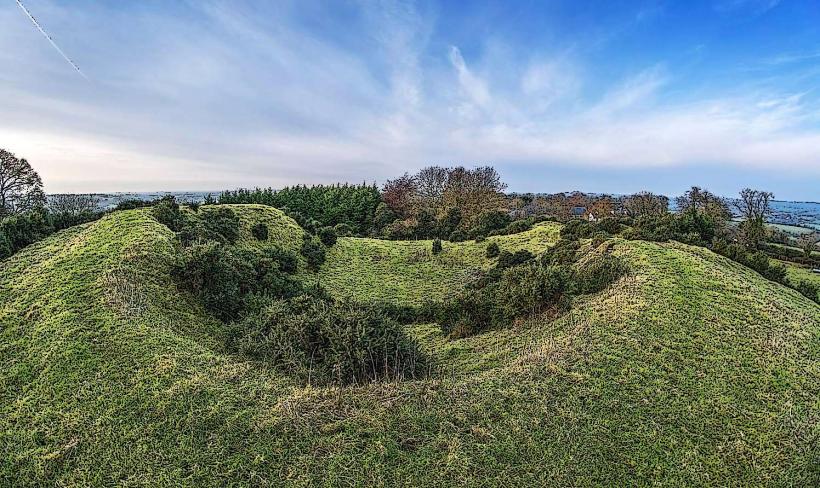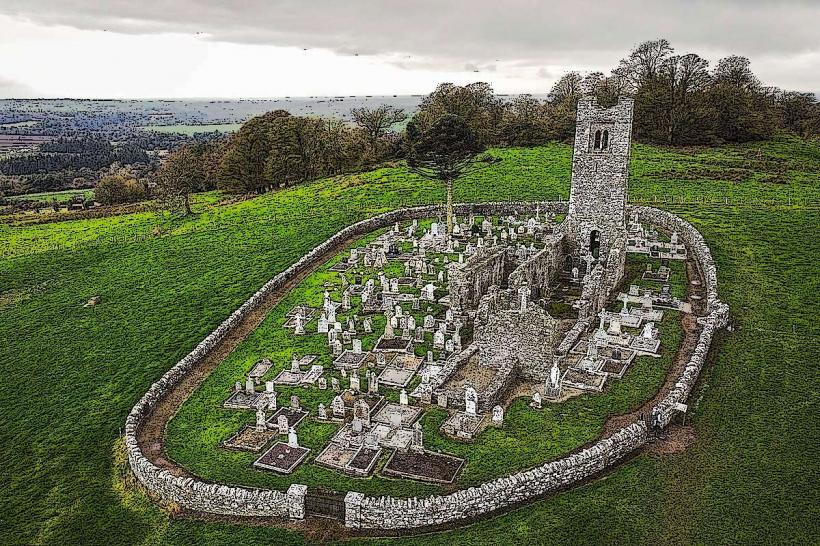Information
Landmark: Battle of the Boyne Visitor CentreCity: Louth
Country: Ireland
Continent: Europe
The Battle of the Boyne Visitor Centre is a historical and educational site located near the town of Drogheda, County Louth, Ireland. It is dedicated to the famous Battle of the Boyne, which took place on July 1, 1690 (Julian calendar, or July 11 in the Gregorian calendar). The battle was a significant event in Irish and British history, marking the end of the Williamite War in Ireland and solidifying the victory of King William III (William of Orange) over King James II of England.
1. The Battle of the Boyne
- Context of the Battle: The battle was fought between the forces of King William III of England (William of Orange) and King James II of England. It was the decisive engagement in the Williamite War, which had been raging in Ireland since 1689, following the Glorious Revolution in England. The conflict arose after James II, a Catholic, was overthrown by the Protestant William of Orange, who became the new ruler of England. James, supported by Irish Catholics, sought to regain the throne, while William's army aimed to solidify Protestant rule.
- Location: The battle took place along the River Boyne, near the town of Drogheda, with William’s forces crossing the river at Slane and engaging James's army near the village of Donore. The battle was a pivotal moment in Irish and European history and had significant consequences for the future of Ireland, particularly with regard to religious and political divisions.
- Aftermath and Impact: William's victory at the Boyne effectively ended James’s hopes of regaining the throne. However, despite the victory, James's supporters continued to resist, leading to the siege of Limerick later that year. The Battle of the Boyne, and the subsequent defeat of James II, cemented the Protestant ascendancy in Ireland and led to centuries of political and religious conflict.
2. The Battle of the Boyne Visitor Centre
- Location: The visitor centre is located in Oldbridge House, a Georgian mansion situated near the site of the battle on the southern banks of the River Boyne. The location offers stunning views of the battlefield and the surrounding countryside, allowing visitors to imagine the scale and impact of the historical event.
- Opening: The Battle of the Boyne Visitor Centre was officially opened in 2001 and is operated by the Office of Public Works (OPW), which manages Ireland's national heritage sites. It aims to educate visitors about the battle's significance and provide a deeper understanding of the events surrounding it.
3. Exhibits and Displays
- Interactive Exhibits: The centre features a range of interactive displays and multimedia presentations that allow visitors to engage with the history of the battle. These exhibits cover the historical background, the key players (such as King William and King James), the strategies employed during the battle, and the aftermath.
- Battlefield Model: One of the main attractions of the centre is the detailed model of the battlefield, which illustrates the positions and movements of the opposing armies during the battle. This helps visitors visualize the tactics used by both sides and understand the battle's outcome.
- Historical Context: The visitor centre also offers context about the Williamite War, the Glorious Revolution, and the political and religious divisions that shaped the conflict. It explains how the battle contributed to the establishment of Protestant rule in Ireland and its long-lasting impact on Irish history.
- Artefacts and Memorabilia: The centre displays various artefacts from the period, including weapons, uniforms, and other objects related to the battle. There are also letters, documents, and historical accounts that provide insight into the lives of soldiers and leaders during the period.
4. The Battlefield
- The Battle Site: Visitors to the centre can explore the actual battlefield where the conflict took place. There are walking trails that guide visitors around key locations on the battlefield, including the areas where the armies fought and where William’s forces crossed the Boyne River.
- Interpretive Panels: Along the walking trails, interpretive panels provide historical context and explanations of the events that unfolded on specific areas of the battlefield, helping visitors understand the strategies and movements of the armies.
- Monuments and Memorials: On the battlefield, there are several monuments and memorials commemorating the battle and the soldiers who fought there. These include a large obelisk, the Williamite monument, and other memorials that mark important points on the battlefield.
- The Boyne River: The River Boyne itself plays a significant role in the battle, as it was the site of the crossing by William's forces. Visitors can walk along the riverbanks and imagine how the battle unfolded in this strategic location.
5. Educational Programs and Events
- Guided Tours: The visitor centre offers guided tours of the site, which are led by knowledgeable guides who explain the battle's historical significance and answer questions about the events of 1690. The tours can be a great way to gain a deeper understanding of the conflict and its place in Irish history.
- Living History Events: The centre occasionally hosts living history events, where actors recreate scenes from the battle or portray soldiers from the time, providing a more immersive experience for visitors. These events are particularly popular during key dates, such as the anniversary of the battle in July.
- Educational Programs: The visitor centre provides educational programs for schools and groups, offering workshops, talks, and interactive activities that help students learn about the historical context of the battle and its significance.
6. Visitor Experience
- Accessibility: The visitor centre is designed to be accessible to all visitors, with wheelchair access and facilities for those with mobility impairments. The site is family-friendly and offers a range of resources to engage visitors of all ages.
- Café and Shop: The visitor centre has a café where visitors can relax and enjoy refreshments. There is also a gift shop selling a variety of books, souvenirs, and educational materials related to the Battle of the Boyne and Irish history.
- Scenic Views: The site offers beautiful views of the surrounding countryside, including the Boyne River and the Slane Hill. It’s a peaceful place to reflect on the historical significance of the battle and enjoy the natural beauty of the area.
7. Conclusion
The Battle of the Boyne Visitor Centre is an excellent destination for anyone interested in Irish history, particularly the complex political and religious conflicts of the 17th century. It provides a comprehensive and engaging experience, with well-curated exhibits, a model of the battlefield, and a range of educational programs and events. Whether you are a history enthusiast or simply looking to learn more about one of Ireland's most significant battles, the centre offers a fascinating and immersive experience.

